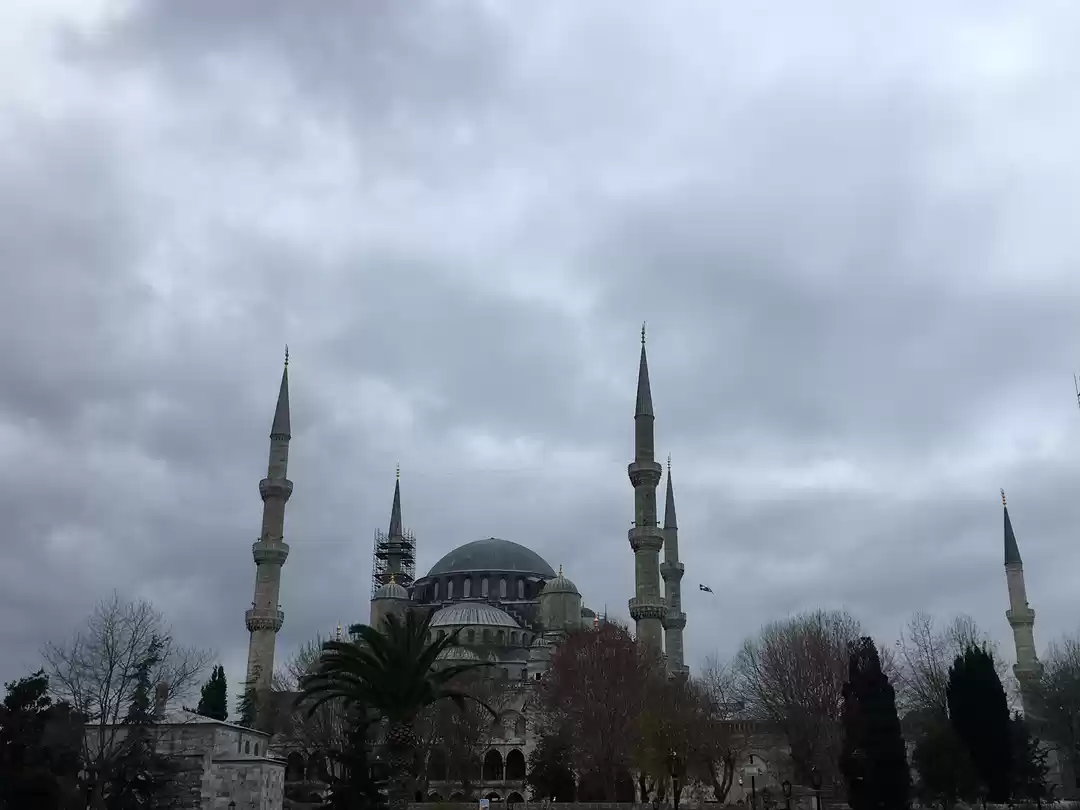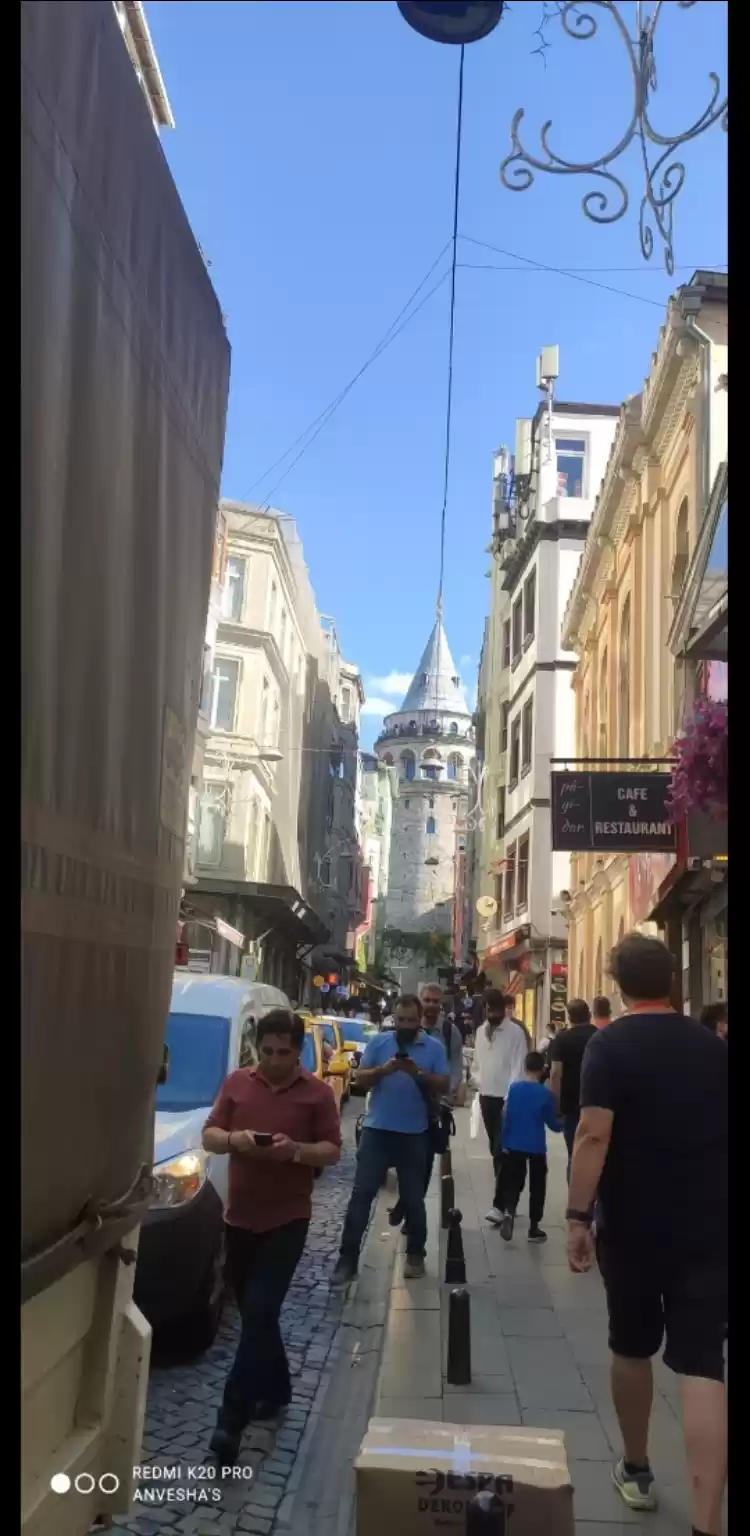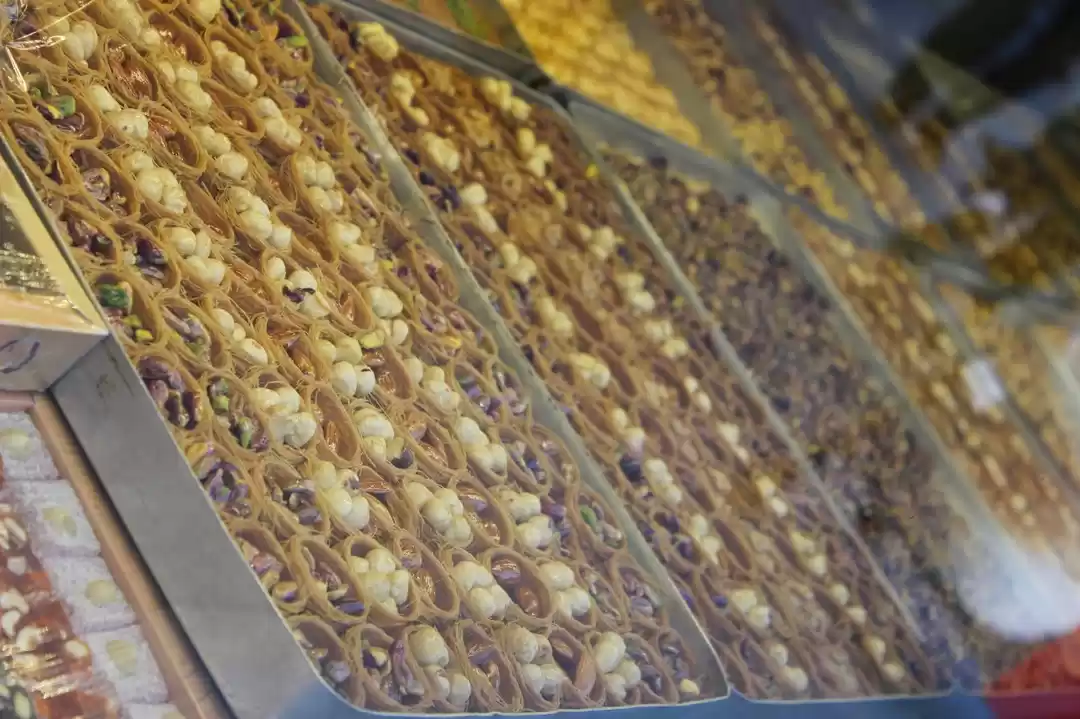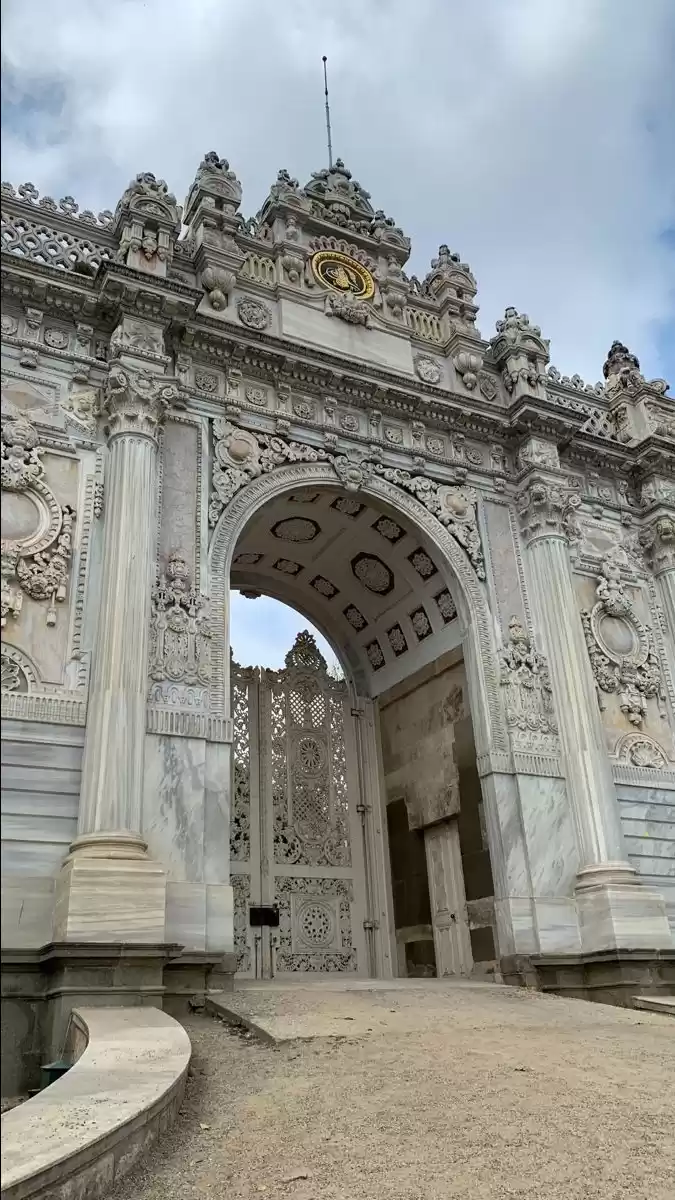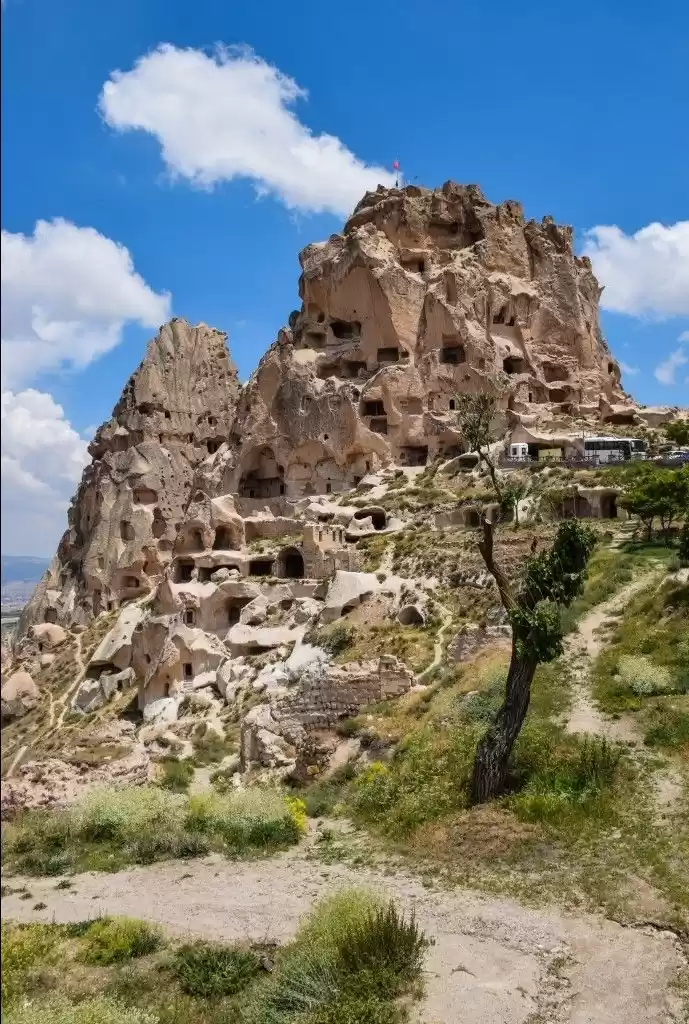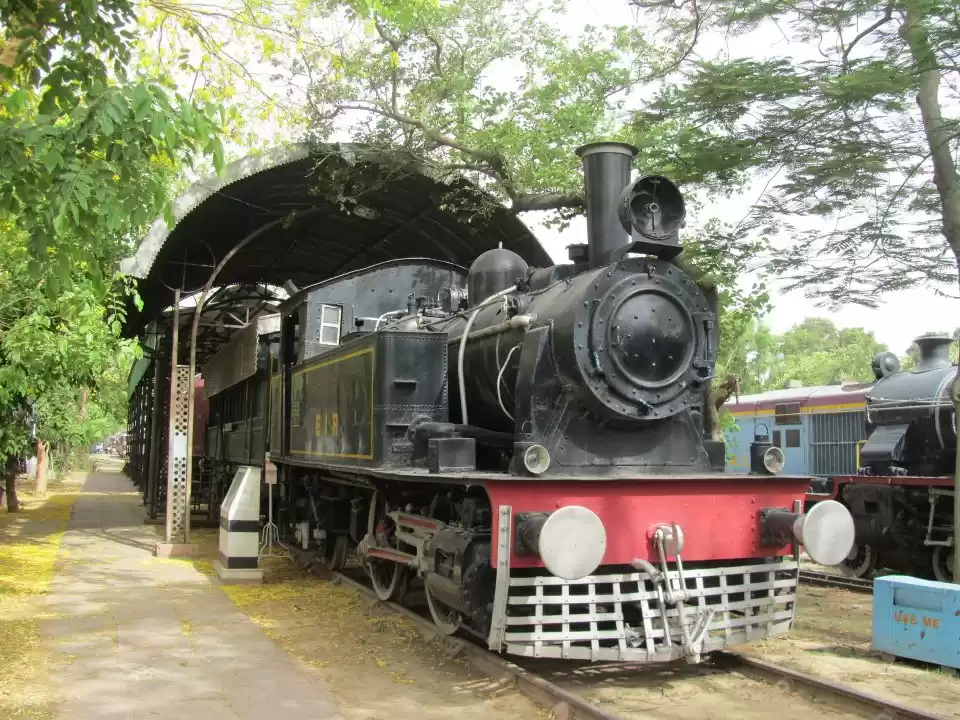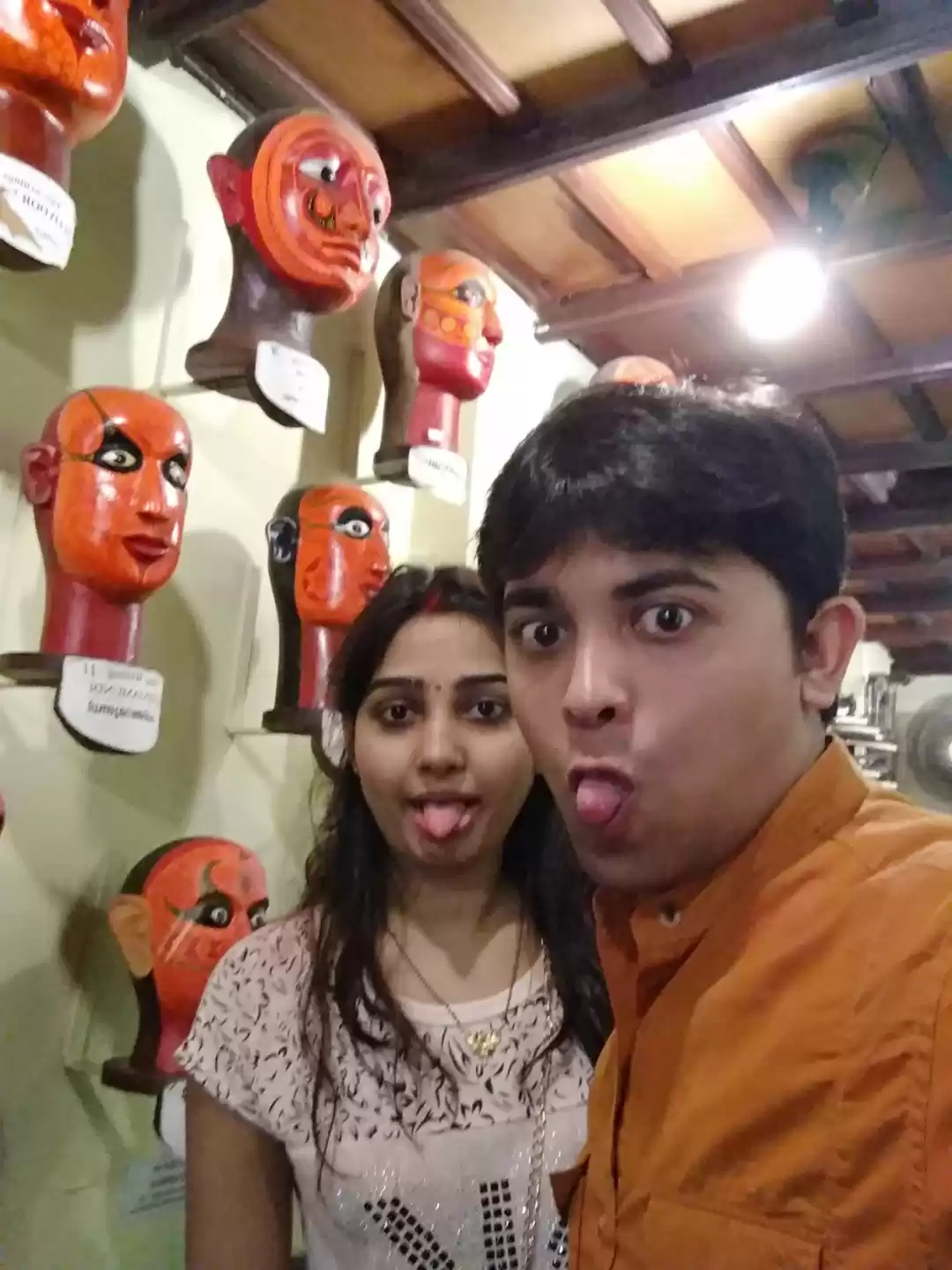If you are looking for a unique and unforgettable experience in Turkey, you should not miss the Goreme Open Air Museum. This museum is a UNESCO World Heritage Site that showcases the rich history, culture, religion, and art of Cappadocia. Here, you can explore the fascinating cave churches and frescoes that date back to the 10th century. You can also admire the stunning landscape of fairy chimneys, valleys, and rock formations that surround the museum.
In this article, we will tell you everything you need to know about the Goreme Open Air Museum, including how to reach, when to visit, what to see, how to experience, and more. Whether you are a history buff, a culture lover, or a nature enthusiast, you will find something to enjoy at this museum.
How to Reach the Goreme Open Air Museum
The Goreme Open Air Museum is located in the town of Goreme, which is the heart of Cappadocia. You can easily reach Goreme from various locations in Turkey, such as Istanbul, Ankara, Kayseri, etc. Here are some of the transportation options available to you:
By plane:
The nearest airport to Goreme is the Kayseri Erkilet Airport, which is about 70 km away. You can take a domestic flight from Istanbul, Ankara, or other major cities to Kayseri, and then take a shuttle bus, a taxi, or a private transfer to Goreme. The flight duration is about 1.5 hours, and the shuttle bus takes about 1 hour and costs 25 TL per person.
By bus:
You can also take a bus from Istanbul, Ankara, or other cities to Goreme. The bus journey is longer, but cheaper and more scenic. The bus duration is about 10 hours from Istanbul, 5 hours from Ankara, and 4 hours from Kayseri. The bus fare is about 100 TL from Istanbul, 50 TL from Ankara, and 40 TL from Kayseri.
By car:
If you prefer to drive, you can rent a car from Istanbul, Ankara, Kayseri, or other cities and drive to Goreme. The road conditions are good, and you can enjoy the views along the way. The driving distance is about 750 km from Istanbul, 300 km from Ankara, and 70 km from Kayseri. The driving time is about 9 hours from Istanbul, 4 hours from Ankara, and 1 hour from Kayseri.
When to Visit the Goreme Open Air Museum
The Goreme Open Air Museum is open all year round, but the best time to visit depends on your preferences and expectations. Here are some factors to consider:
Weather:
The weather in Cappadocia varies by season, and can affect your comfort and enjoyment. The spring (March-May) and autumn (September-November) are the best seasons to visit, as the weather is mild, sunny, and pleasant. The summer (June-August) is hot and dry, and can be uncomfortable for some visitors. The winter (December-February) is cold and snowy, and can be challenging for some activities, but also offers a magical atmosphere and fewer crowds.
Crowds:
The Goreme Open Air Museum is one of the most popular attractions in Cappadocia, and can get crowded during the peak seasons and holidays. The busiest months are July and August, when the museum receives thousands of visitors every day. The quietest months are January and February, when the museum is almost empty. If you want to avoid the crowds, you should visit the museum early in the morning or late in the afternoon, and avoid weekends and public holidays.
Events:
Cappadocia hosts many events and festivals throughout the year, and some of them are related to the Goreme Open Air Museum. For example, in April, there is the International Cappadocia Culture and Art Festival, which features concerts, exhibitions, and workshops at the museum and other venues. In October, there is the Cappadox Festival, which combines music, art, gastronomy, and outdoor activities in the museum and the surrounding area. If you are interested in these events, you should plan your visit accordingly.
What to See at the Goreme Open Air Museum
The Goreme Open Air Museum is a complex of more than 30 cave churches and chapels, carved out of the soft volcanic rock by the early Christian monks and nuns. These churches and chapels are decorated with beautiful frescoes, depicting scenes from the Bible, the lives of the saints, and the history of Christianity. The frescoes are considered to be some of the finest examples of Byzantine art in the world. Here are some of the highlights of the museum that you should not miss:
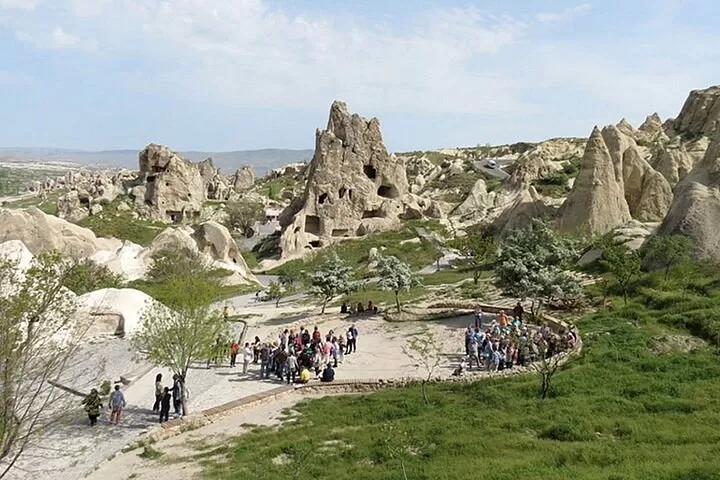
Tokali Church:
This is the largest and most impressive church in the museum, located outside the main entrance. It consists of four sections, each with its own style and theme. The oldest section is the Old Church, which dates back to the 10th century and features simple geometric patterns and cross motifs. The most spectacular section is the New Church, which dates back to the 11th century and features elaborate frescoes of the life of Christ, the miracles, and the passion. The other sections are the Narthex and the Burial Chamber, which also have some remarkable frescoes and paintings.
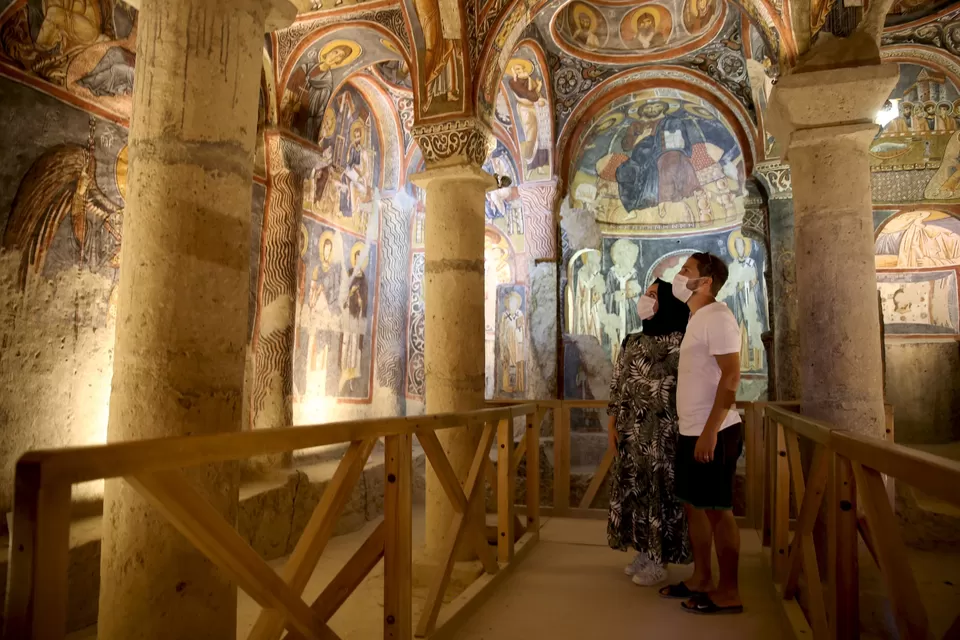
Dark Church:
This is one of the most famous and well-preserved churches in the museum, located inside the main complex. It is called the Dark Church because it has only a small window, which protects the frescoes from the sunlight and the damage. The frescoes date back to the 12th century and cover the entire walls and ceiling of the church. They depict scenes from the life of Christ, the Last Judgment, the Deesis, and the saints. The colors and details of the frescoes are stunning, and the contrast between the dark background and the bright figures creates a dramatic effect.

Apple Church:
This is another remarkable church in the museum, located inside the main complex. It is named after a red apple that is painted on one of the walls, which symbolizes the original sin. The frescoes date back to the 11th century and show scenes from the Old and New Testaments, such as the creation, the fall, the flood, the nativity, the crucifixion, and the resurrection. The frescoes are notable for their expressive faces, realistic gestures, and vivid colors.
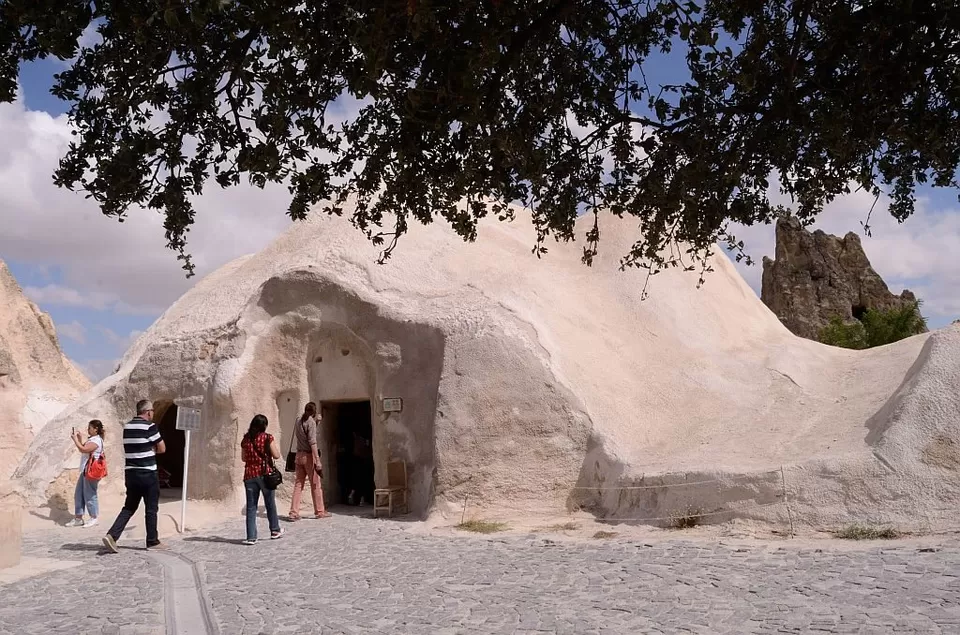
Snake Church:
This is a small and simple church in the museum, located inside the main complex. It is named after a snake that is painted on the wall, which represents the devil. The frescoes date back to the 11th century and illustrate stories from the lives of the saints, such as St. George, St. Theodore, and St. Onuphrius. The frescoes are interesting for their symbolic and allegorical meanings, and their use of animal and plant motifs.
How to Experience the Goreme Open Air Museum
Visiting the Goreme Open Air Museum is more than just seeing the cave churches and frescoes. It is also an opportunity to experience the history, culture, and nature of Cappadocia. Here are some tips and recommendations to make the most of your visit:
Tickets and timings: The entrance fee for the museum is 75 TL per person, and the audio guide is 25 TL per person. You can buy the tickets and the audio guide at the ticket office near the entrance. The museum is open every day from 8:00 am to 5:00 pm in winter, and from 8:00 am to 7:00 pm in summer. The museum is closed on the first day of religious holidays.
Guides and tours: The audio guide is a good option to learn more about the museum and the frescoes, as it provides detailed explanations and stories. However, if you prefer a human guide, you can hire one at the entrance or book one online. Alternatively, you can join a tour that includes the museum and other attractions in Cappadocia, such as the Red Tour or the Green Tour. These tours offer a convenient and comprehensive way to explore the region, with transportation, lunch, and entrance fees included.
Dress code and photography: The Goreme Open Air Museum is a sacred and historical site, and you should respect the rules and etiquette. You should dress modestly, covering your shoulders and knees, and avoid wearing hats, sunglasses, or shoes inside the churches. You should also refrain from touching the frescoes, making noise, or smoking. Photography is allowed in most of the churches, except for the Dark Church, where you have to pay an extra fee of 18 TL. You should use a flash or a tripod, as they can damage the frescoes or disturb other visitors.
Nearby attractions
The Goreme Open Air Museum is not the only attraction in Cappadocia. There are many other things to see and do in the area, such as:
Hot air balloon ride:
This is one of the most popular and unforgettable activities in Cappadocia, as it allows you to see the fairy-tale landscape from above. You can book a hot air balloon ride online or through your hotel, and enjoy a sunrise flight over the valleys, rock formations, and villages. The flight duration is about an hour, and the price ranges from 150 to 250 euros per person, depending on the season and the company.
Hiking and biking:
If you love nature and adventure, you can explore the valleys and trails of Cappadocia on foot or by bike. You can choose from different routes and difficulty levels, depending on your skills and preferences. Some of the most popular valleys to hike or bike are the Rose Valley, the Love Valley, the Pigeon Valley, and the Zemi Valley. You can also visit some of the hidden cave churches and villages along the way. You can rent a bike from Goreme or join a guided tour for a more convenient and safe experience.
Pottery and carpet making:
If you want to learn more about the local culture and crafts of Cappadocia, you can visit the nearby towns of Avanos and Urgup, where you can see the traditional pottery and carpet making workshops. You can also try your hand at making your own pottery or carpet, and take home a souvenir of your visit. You can book a pottery or carpet making class online or through your hotel, and enjoy a fun and educational activity.
Turkish bath and massage:
After a long day of sightseeing and adventure, you can relax and rejuvenate at a Turkish bath and massage. You can find many hammams and spas in Goreme and other towns, where you can enjoy a steam bath, a scrub, a foam massage, and a oil massage. You can also opt for other treatments, such as aromatherapy, reflexology, or facial. You can book a Turkish bath and massage online or through your hotel, and pamper yourself with a soothing and refreshing experience.
The Goreme Open Air Museum is a must-see attraction in Cappadocia, as it offers a glimpse into the ancient and mysterious world of the cave churches and frescoes. You can also enjoy the stunning natural beauty and the diverse cultural activities of the region, and make your visit a memorable one. If you are planning to visit the Goreme Open Air Museum, you should book your tickets and tours in advance, and follow the tips and recommendations in this article. You will not regret it!
We hope you enjoyed this article and found it useful. If you have any questions or feedback, please leave a comment below. If you liked this article, please share it with your friends and family on social media. Thank you for reading, and happy travels!





